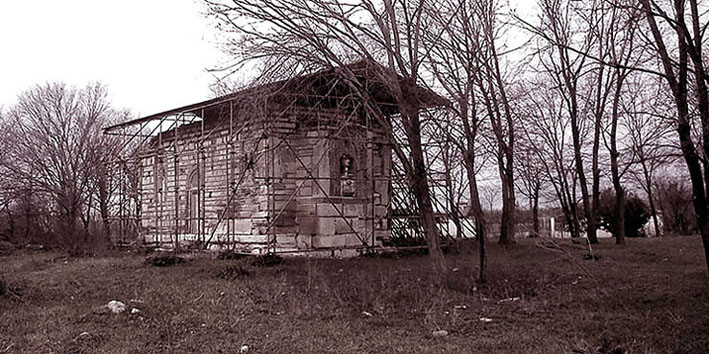Elective at semester(s) 5, 7, 9, ECTS: 3
Generic Competences: Ability to make reasoned decisions, Ability to work autonomously, Capacity to generate new ideas (creativity), Ability to design and manage projects, Commitment to conservation of the environment, Ability to promote free, creative and inductive thinking.

Knowledge, Comprehension, Application, Synthesis
When architecture deals with the transformation of the ground is destined to rework and elaborate a certain transition: from natural to crafted, from unformed into ordered, from wild to tamed. This transition is not alinearprocess. It follows the twisted lines of a place’s memory and detects the veins of its internal cracks. In these laborious diversions lies the design’spotential. There, the design process starts to take risks, learns how to change the temperature of things and to overturn something that tends to become predictable, tyrannical and lifeless.
The course is addressing the remodeling of outdoor spaces. We focus on sites that are ambiguous, unsettled and fractured, resisting the masterplan’s forced normalization. In such places, the ground has not yet been deactivated and continues to operate as a mythic matrix of meanings. These latent meanings along with traces and material qualities of the space are the objects of the design’s reconstructional endeavour. They must be coordinated into a new narrative, in the form of a new, simultaneously familiar and enigmatic, landscape.
This year's exercise deals with the rural surroundings of a small byzantine church located outside the Kanalia village. The remodelling of the open-air entrance and resting areas and the landscaping of the immediate setting of the church will create new potential for the utilization of the space. In addition, a new design of the ground will intensify the visiting experience by embracing and reconciling the various topographic and historic components of the sacred site.
